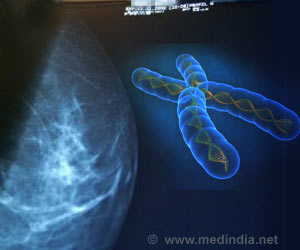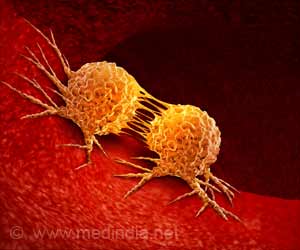Legumain (LGMN) has been implicated in tumor development and can potentially be developed into both diagnostic and therapeutic markers.

‘Targeting legumain (LGMN) directly or utilizing LGMN as a prodrug activator are promising strategies for cancer management in the future.’





These non-malignant cells support the growth of the
tumors, metastasis and the survival of tumors. One of the identified
key biomarkers driving the complexity of tumor microenvironment is
LGMN. LGMN is a robust acidic cysteine endopeptidase with remarkably
restricted specificity for hydrolysis of asparaginyl bonds.
LGMN is well conserved, having been reportedly present in plants, invertebrate parasites, as well as in mammals. Mammalian LGMN processes the self and foreign antigens expressed by antigen presenting cells and proteolytically activates toll-like receptor, the innate immunity receptor.
Since LGMN has been implicated in tumor development and can potentially be developed into both diagnostic and therapeutic markers. This review aims to relate the recent findings on the biology of LGMN in cancers, to the therapeutic advancements in targeting LGMN in human cancers.
Recent discoveries have also demonstrated that targeting LGMN directly or utilizing LGMN as a prodrug activator are promising strategies for cancer management in the future. However, further research is necessary before such therapeutic strategies can be fully realized.
Source-Eurekalert












